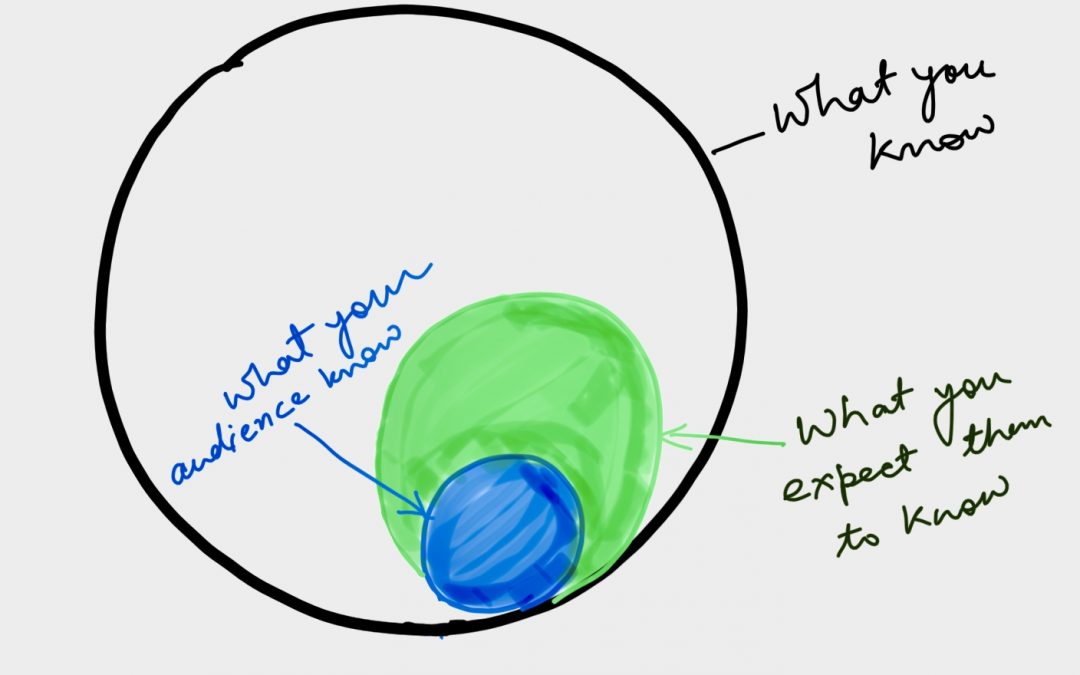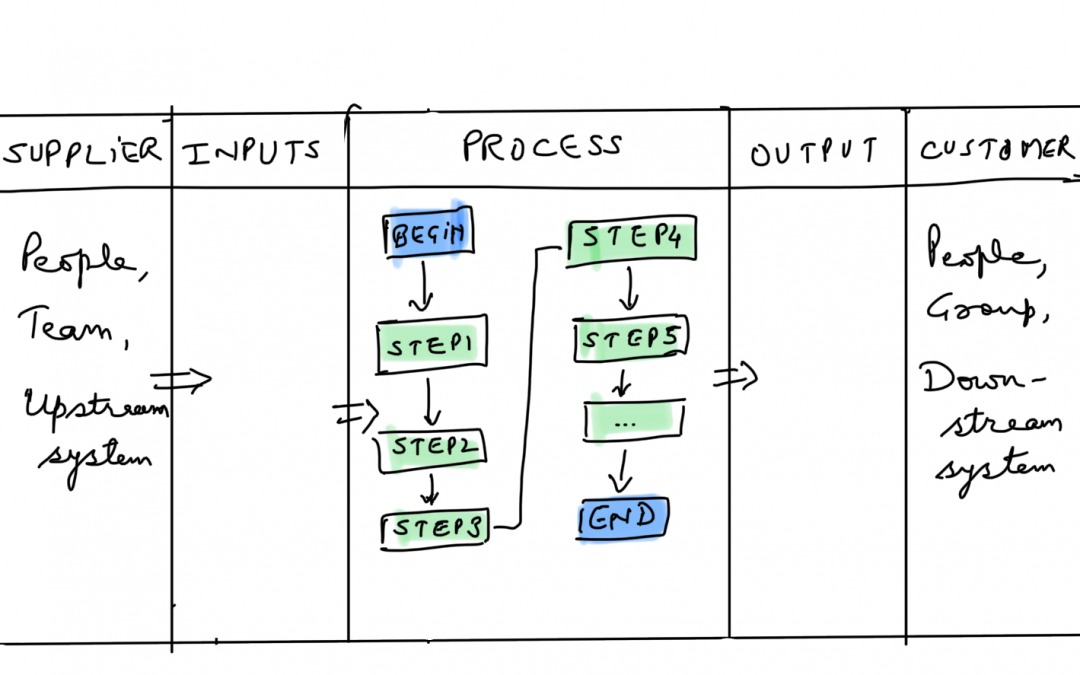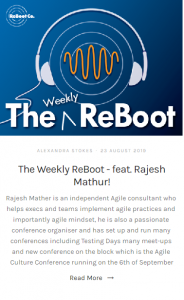
The Curse of Knowledge bias: Why Stakeholders Don’t Understand Our Ideas
I often play “tap and guess” with my son. In the game one player taps a song and the other one has to guess which song or poem it was. You can tap either a table or a box or the other player’s back or head.
If you’ve played this game, then you might have experienced that it is extremely hard to guess the song that your partner is tapping. My son always questions why I couldn’t guess the song which was so easy and obvious to guess. What he doesn’t realise is that while he is tapping, he is also singing the song in his mind. Actually, you cannot help singing or at least hearing the tune in your mind if you are the tapper. Try it, it’s really fun.

Let me be honest, I’ve had some good guesses at the songs that my son tapped. Why? Because he seems to be tapping only a few specific songs and rhymes including “Old McDonald had a farm,” (I know you’ve continued with an “E-I-E-I-O!”), “happy birthday to you..” and a couple more. However, he never ever guessed a song correctly that I tapped. Exactly like others who played this game with us.
It is very difficult to be a listener and a tapper. As a tapper you believe that what you’re tapping is obvious and it’s frustrating that your partner is unable to guess such an obvious thing. As a listener all you hear is random tapping on the table.
So why do tappers believe that what they were tapping was easy to guess? Because they already know the song. They have knowledge and they cannot imagine what it was like to not have it.
And this is where we learn about Curse of Knowledge bias.
What is Curse of Knowledge:
The curse of knowledge is a cognitive bias that occurs when an individual, communicating with other individuals, unknowingly assumes that the others have the background to understand. This bias is also called by some authors the curse of expertise, although that term is also used to refer to various other phenomena.
For example, in a classroom setting, teachers have difficulty teaching novices because they cannot put themselves in the position of the student. A brilliant professor might no longer remember the difficulties that a young student encounters when learning a new subject. This curse of knowledge also explains the danger behind thinking about student learning based on what appears best to faculty members, as opposed to what has been verified with students. – Wikipedia
(Chip and Dan Heath have explained Curse of Knowledge in their book Made to Stick through the same game but in a different context. In fact, it was this book that Made this concept popular. Their book is worth reading if you want your ideas to be more sticky.)
How does the Curse of Knowledge bias apply to our workplaces?
You might recognise the expressions below.
“It’s not that complicated, but they don’t get it. Everything I am trying to do is in their favour and will be beneficial to them, but still they are resisting it. What is wrong with these people?”
As a consultant I have heard it from people I have worked with and I often hear it from many others. Some of these people are senior management folks, others are managers, team members, people from business teams etc. Each of them have attempted to do something which was faced with resistance.
We know that change is hard. Yet sometimes we try to either push a change or hope that people will simply accept the ideas, our ideas, that will benefit them because there is merit in them.
One thing that we now know is that some of our ideas don’t get accepted because possibly we are the tappers and our audience are the listeners. What seems obvious to us, might just be random jargon to others.
What can we do about it and are there any solutions?
Dan and Chip Heath suggested two ways to beat the Curse of Knowledge in their book. One is not to learn anything. Two is take your ideas and transform them. I’d suggest that you read their book to learn more about their suggestions.
For the scope of this post, well not focused on their ideas. Instead we’ll look slightly deeper in the subject and explore what we can do.
Why don’t they get it?
There can be a number of reasons why people don’t understand your ideas. Some of them I have listed below:
-
You’re barking up the wrong tree: You haven’t clearly defined who your audience, stakeholders or customers are. Are you talking to the wrong people?
-
Your message is complex: Even though you have the right audience, your message is complex or complicated.
-
You are seen as an outsider: It is a normal tendency that we prefer listening to or paying attention to only those who we trust. In fact, a number of initiatives to improve health and well-being of communities failed because the initiatives involved external experts and volunteers. (Initial efforts to eradicate the Guinea worm disease from African countries failed because villagers often didn’t trust the experts).
-
Time crunch: Your suggestions can solve a big problem, but that might take a long time to be effective and they don’t have patience to wait that long.
-
Short term gains over long term benefits: The Stanford Marshmallows experiment suggested that there are benefits of delayed gratification. However, your customers might be focusing on the short term solution than a problem or benefit coming in long term.
What can we do?
-
Understand the context: it is vital that in order for others to understand us, we understand them and their context first. When we behave purely like tappers, we limit our ability to understand a context holistically. System mapping can help in learning about the context.
One of the aviation organisations I worked for, brought in an executive from a large financial institution to lead a transformation. This executive applied his learnings and solutions from the financial institution to this organisation. Since everything was different, from the culture, the country, the people, the processes, to the technology; the so-called tried and tested solutions that worked at the financial institution, didn’t work at the airline. There was tremendous waste of resources.
-
Don’t be an outsider: if you offer your ideas as an outsider, the chances are that they’ll not be accepted because you’re seen as an outsider and a trusted relationship is not established yet. Once you understand the context, find ways to build and establish a relationship of trust. Of course the scenario would be different if you’ve been invited to offer your opinion.
-
Find the ‘Early Adopters: (refer to Winston Royce’s Diffusion of Innovations theory). The early adopters are those who have understood your ideas and see the benefit of applying them. They’re often the opinion leaders who others not only trust, but also listen to their opinion. They have good influence over their people.
-
Avoid cookie-cutter approach: Take help from those who don’t impose an approach. While your organisation may not be unique, your context would be different than others, even though your industry or domain might be similar to others. Each organisation has its own dynamics. If you or the consultants you bring in don’t understand that specific dynamics, the solution they propose will fail.
In this post, I have discussed problems that we face at workplaces when our stakeholders or colleagues do not accept our ideas. Some of those ideas even benefit them. But they don’t understand the value of those ideas possibly because they don’t have the knowledge that we possess.. What should we do?
The text above has offered some suggestions too. These options have helped me in the past, both in dealing with my own curse of knowledge and also in having more empathy and patience while working with “listeners”.
Everyone comes from a different background. A little empathy goes a long way.
Are there other options or ideas that you have used as solutions that have opened doors for you or have solved problems for you in working with others? What are those options and what did you learn? Let me know.




